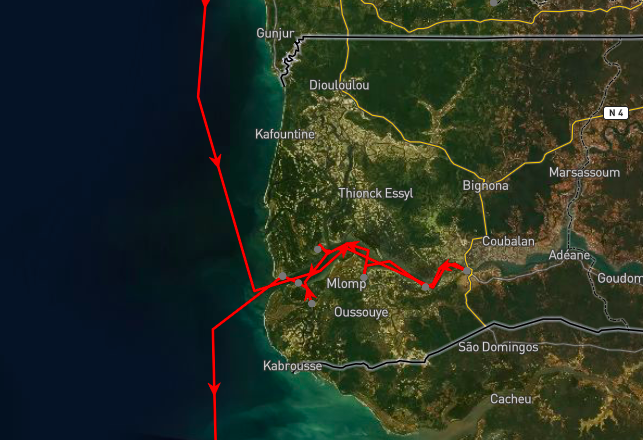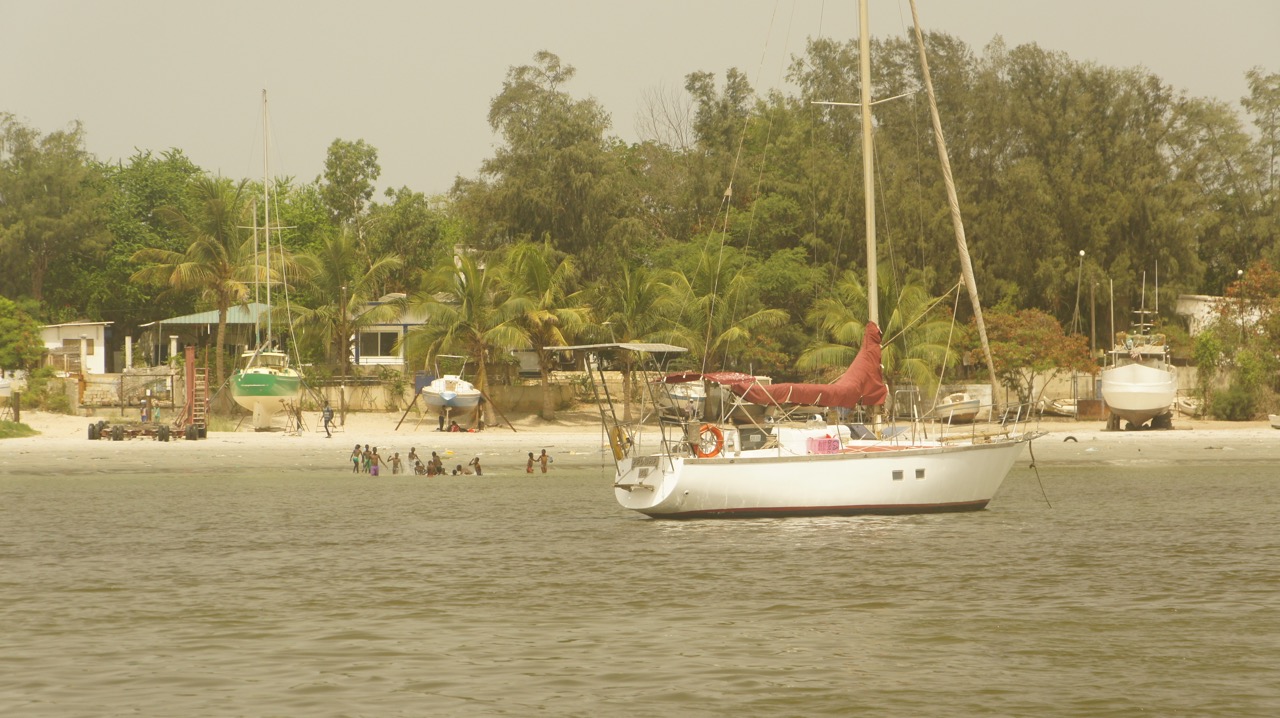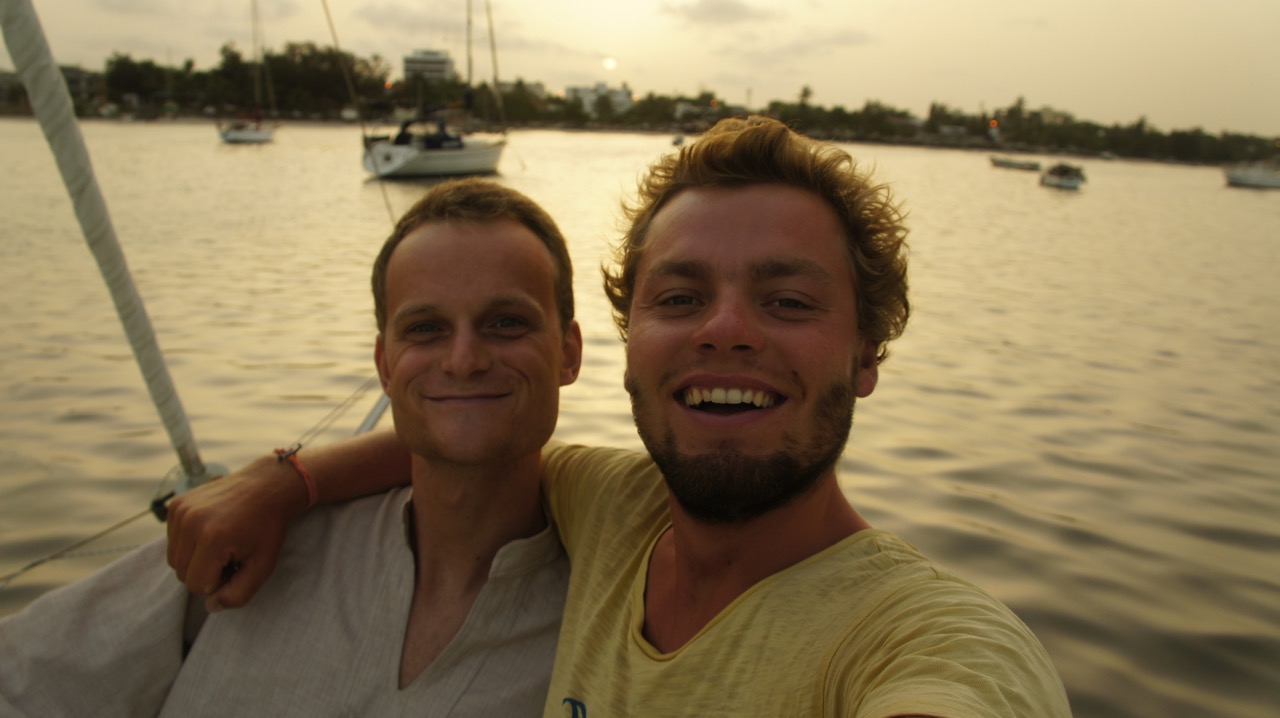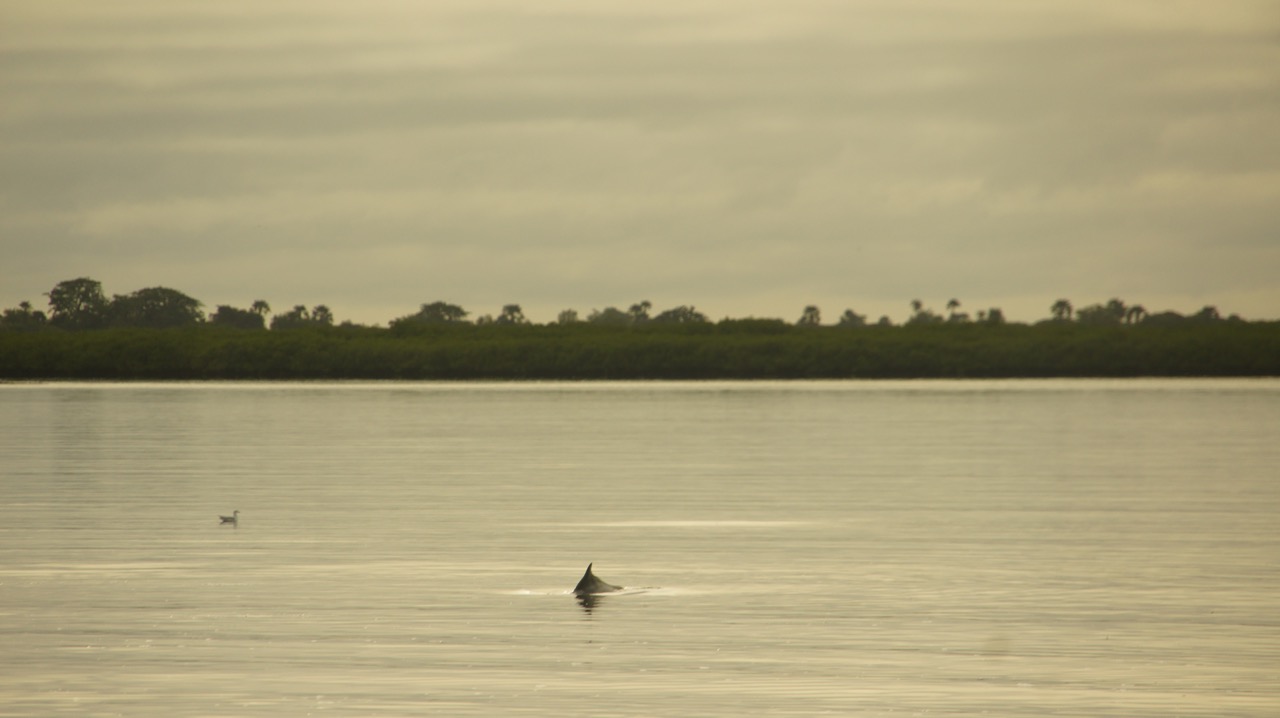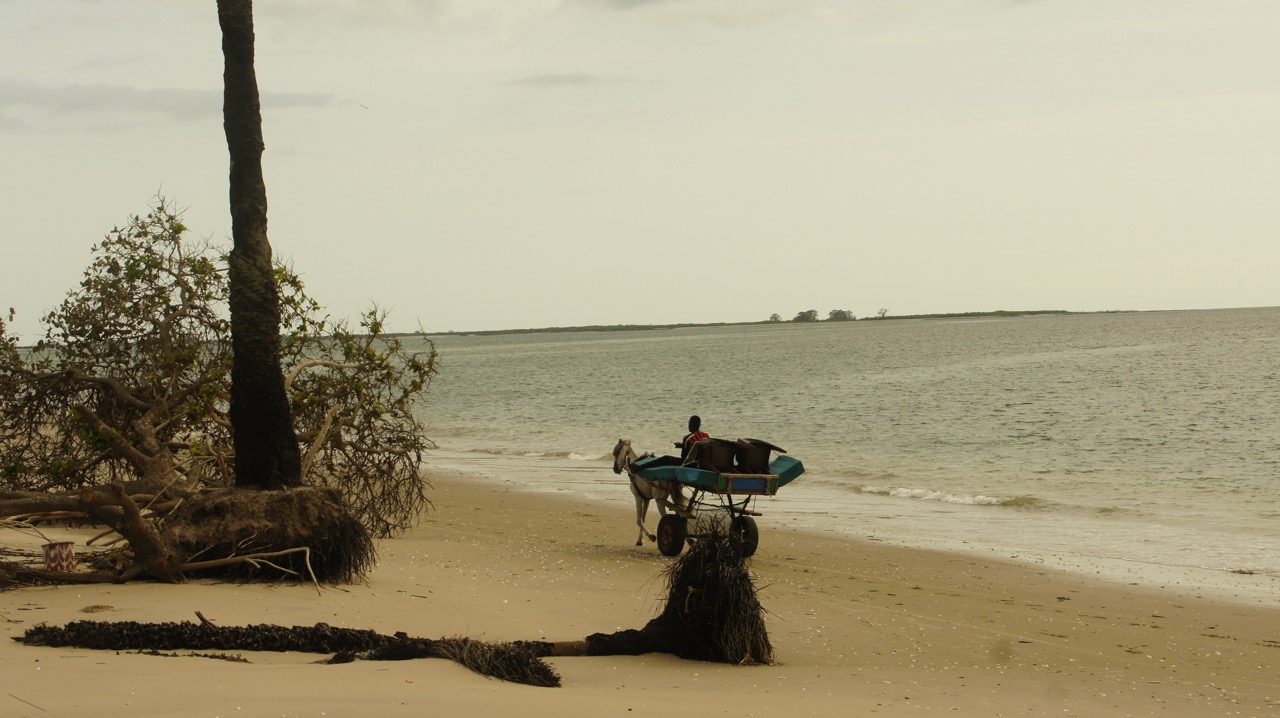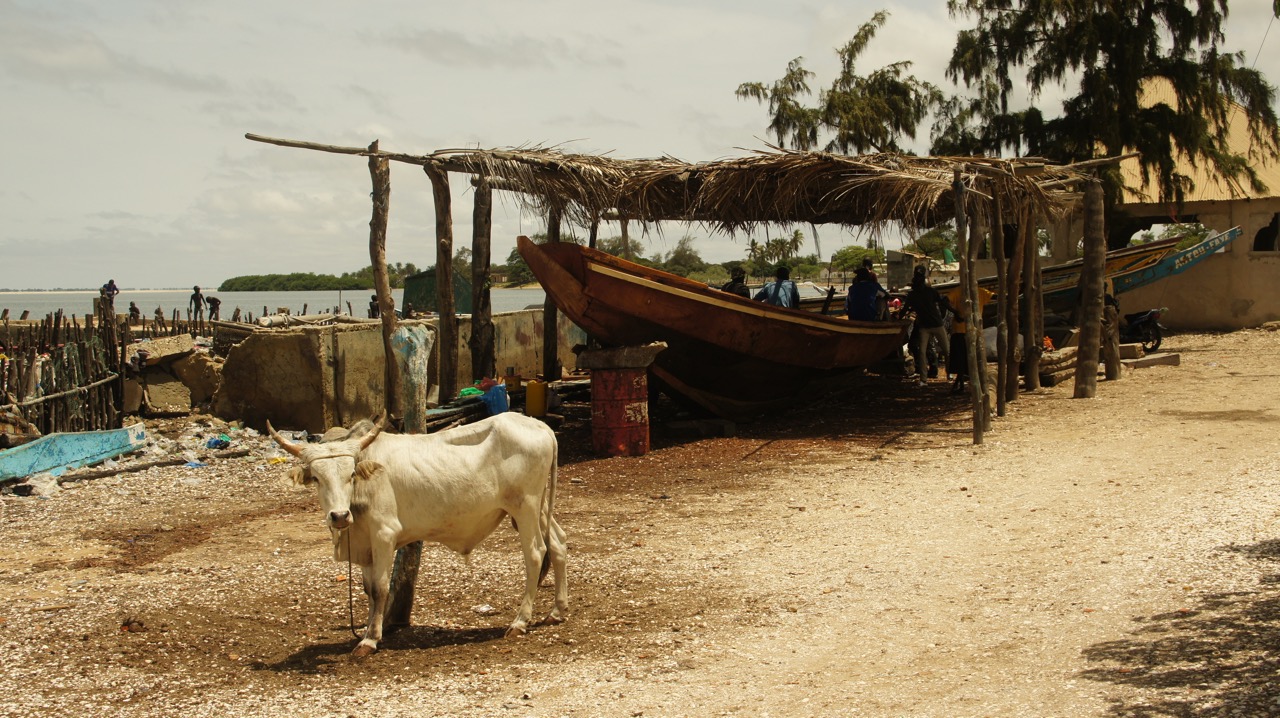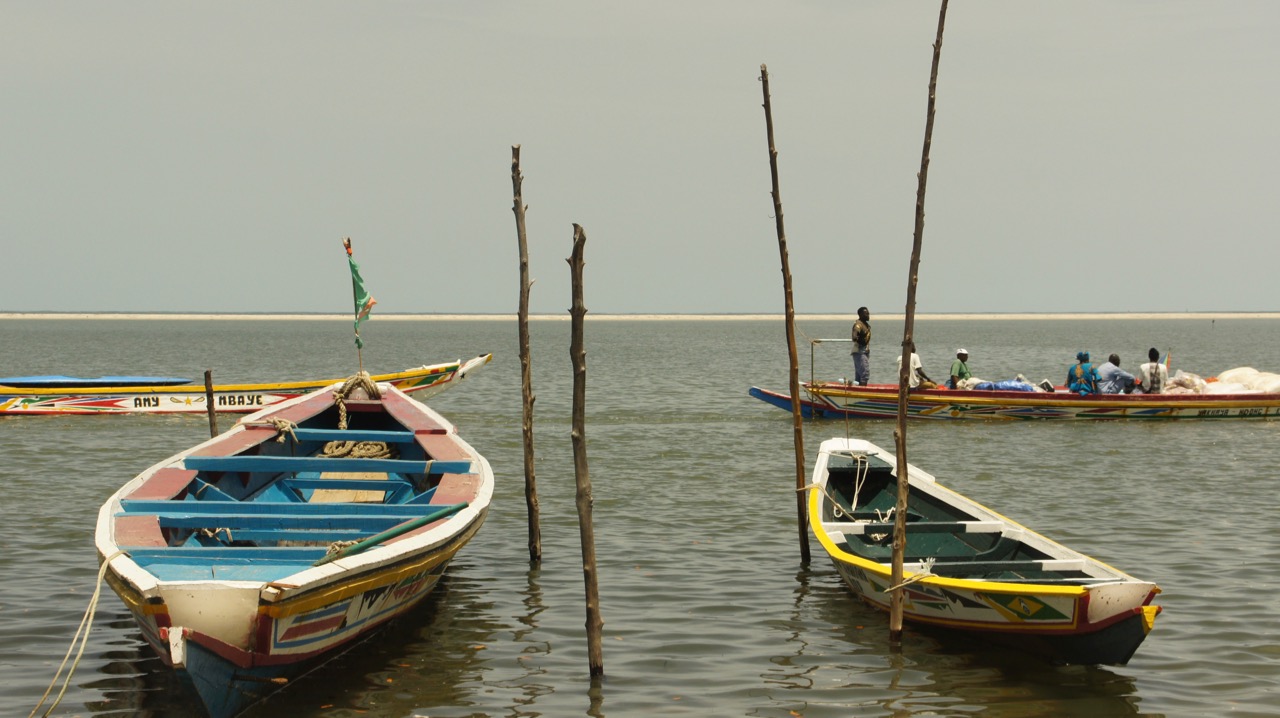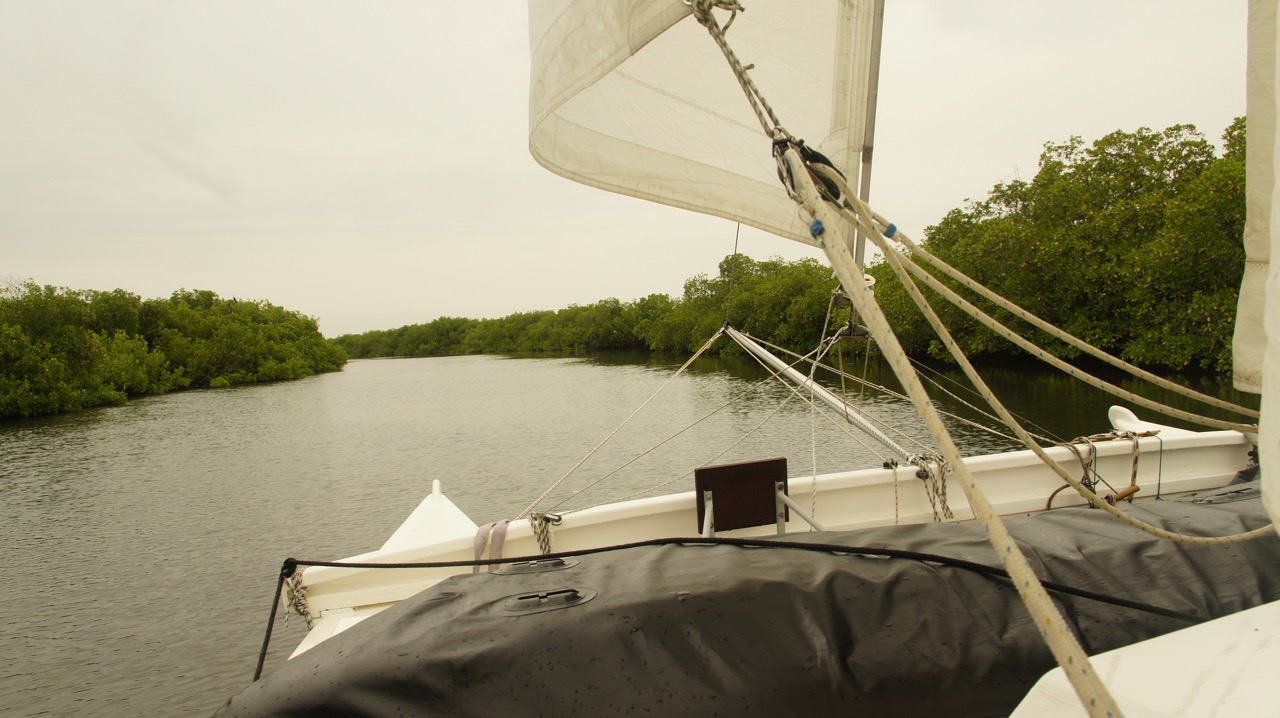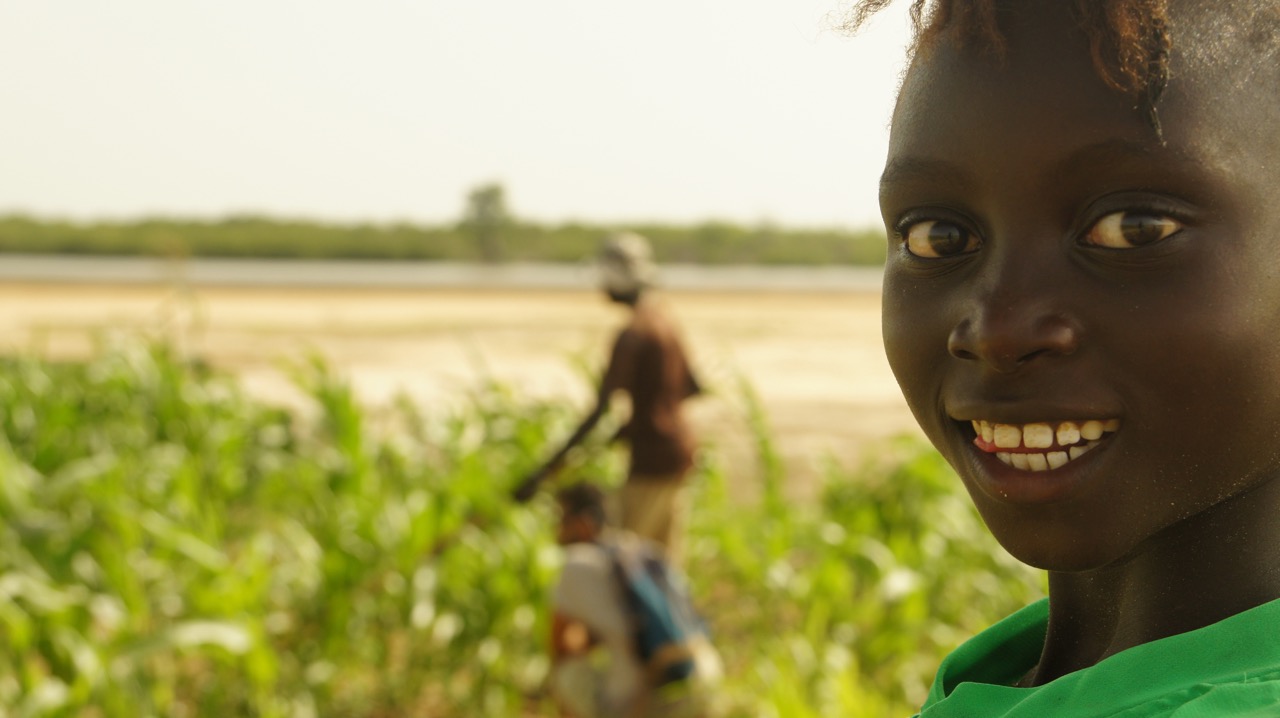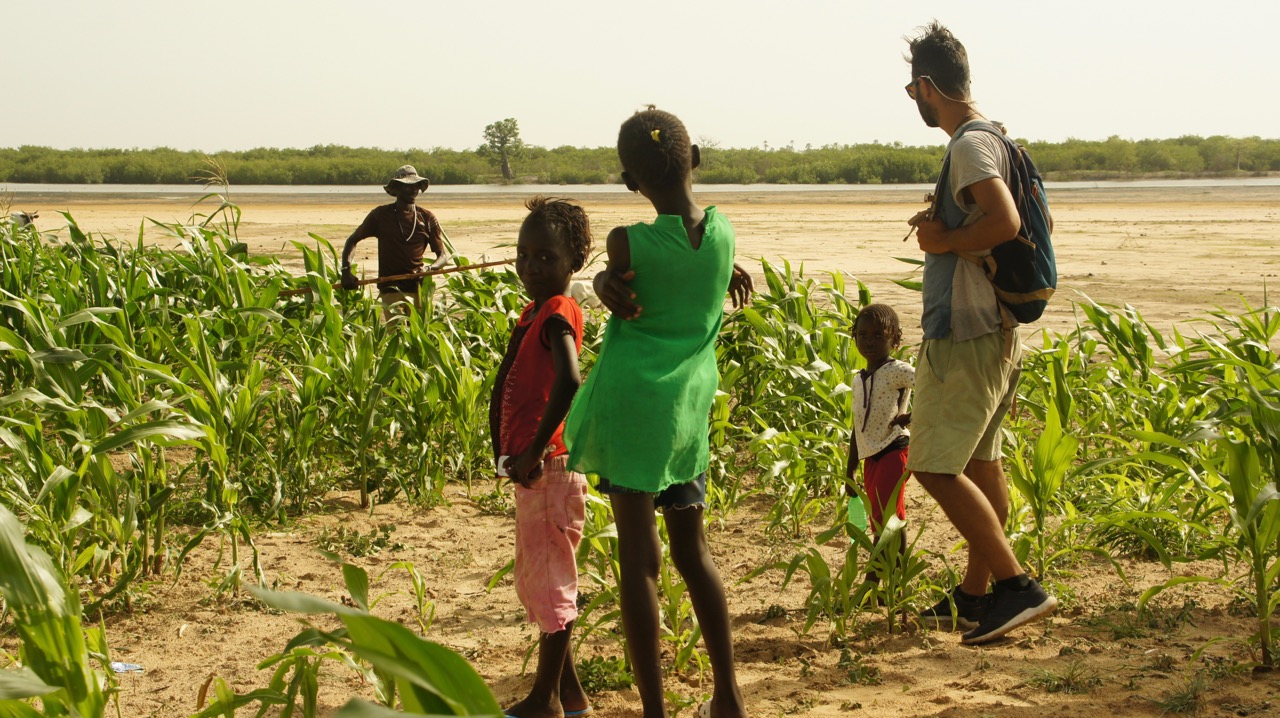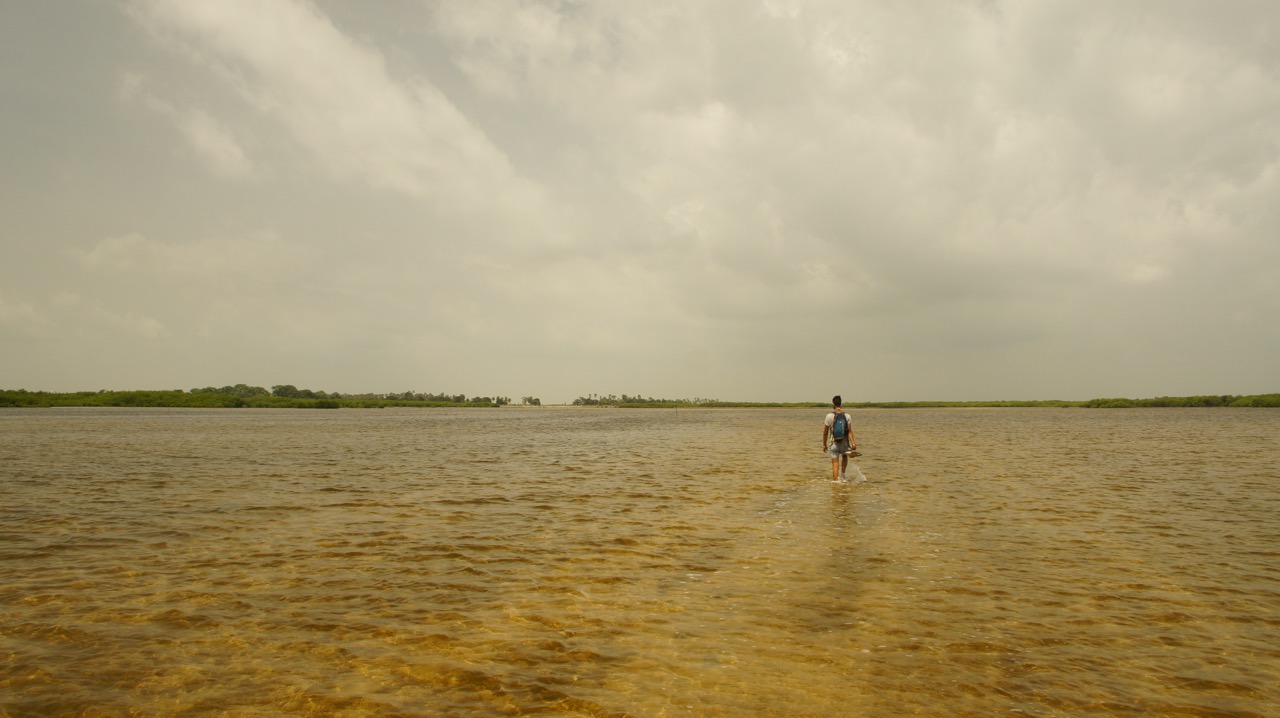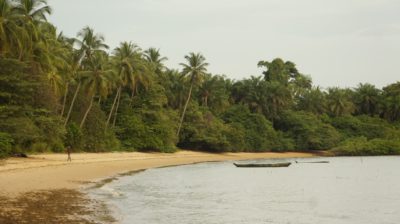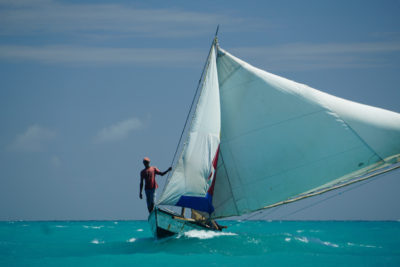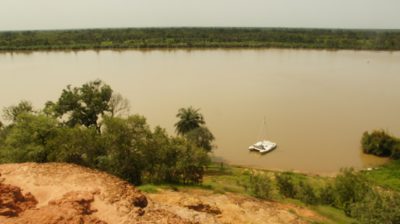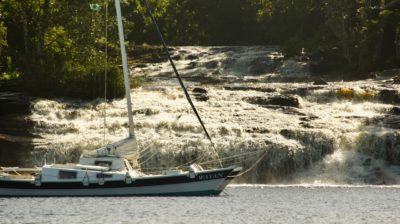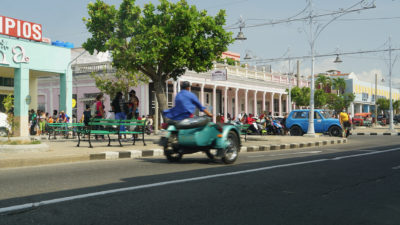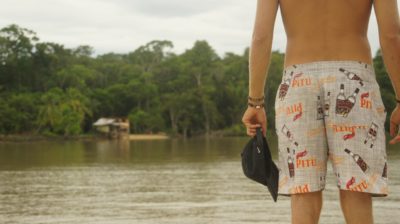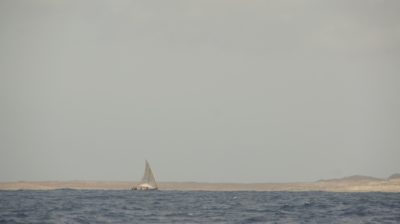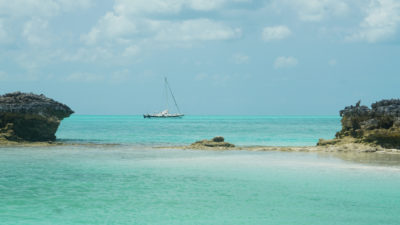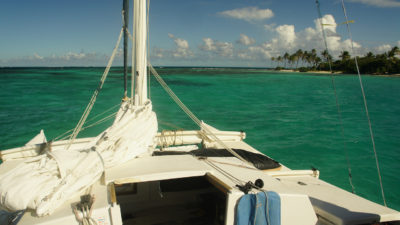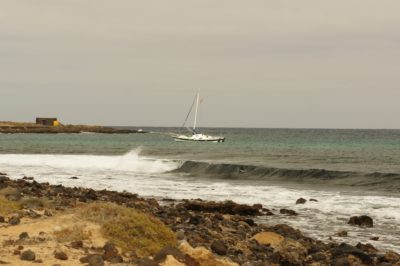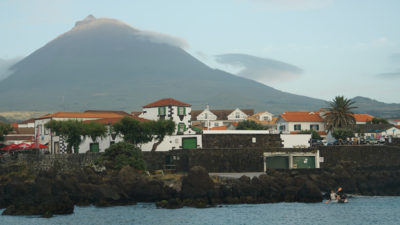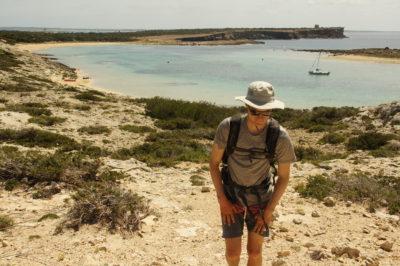Project Description
Dakar, the port to westafrica
A city dominated by contrasts – a city where a fisherman and a banker fit on one picture.
After arriving in the Circle de Voile Dakar it is time to say goodbye and thank you to Dominic – we now share more than 3000 Miles and many stories.
Apart from The Circle de Voile Dakar there is no other sailing Club or Marina in Dakar. The anchorage is well protected but the water is heavy polluted. Dakar itself is a place worth discovering. We had the pleasure to spend the Tabaski here, after Rams have been sold at every corner in the city for days, there were gone really quickly after the Tabaski.
Sailing south to the River Saloum. The first navigation for Noah who joined me in Dakar after hitchhiking all the way from Spain to Senegal.
The rain season already started, even tough the rain did not yet reach Dakar. People told us its already raining in the Saloum and they said we should be prepared for heavy rain and thunderstorms. We entered the Saloum in perfect conditions on a sunny day, thanks to western winds and an entry channel marked with buoys we had an easy entry. We set anchor in the beautiful river delta when the sky turned black and within seconds there was falling more water from the sky that I could imagine. Our anchor was called for a heavy job since the wind reached storm force and the flat water wasn’t so flat anymore.
Lesson learned, the beauty of this country has its price. Hot days were followed by thunderstorms and Mosquitos at night. We had to chose our anchorage carefully and always stay alerted for the changing weather.
Our goal was to reach Foundiougne, about 30 nautical miles upriver. We decided not to use the main river but some side arms of the river, leaving sometimes only a few meters each side of the boat and the mangroves.
It proved to be a good plan, we found nature and villages far away from any kind of tourism.
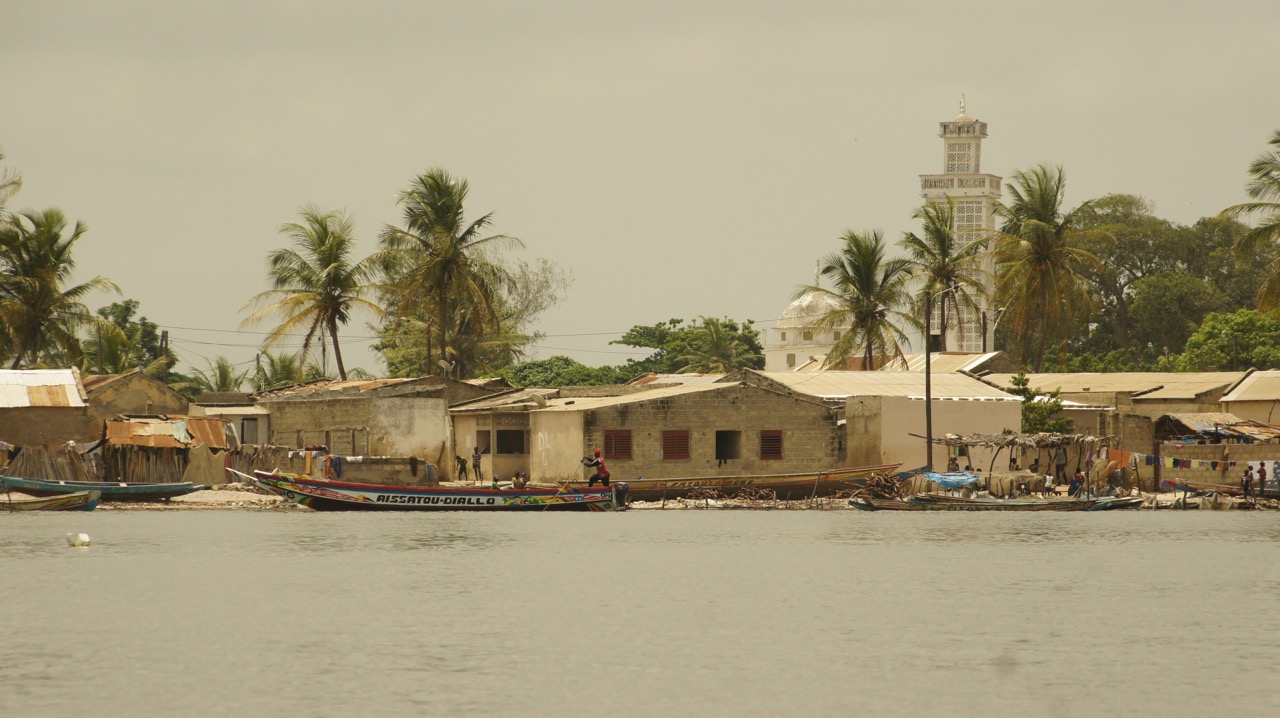
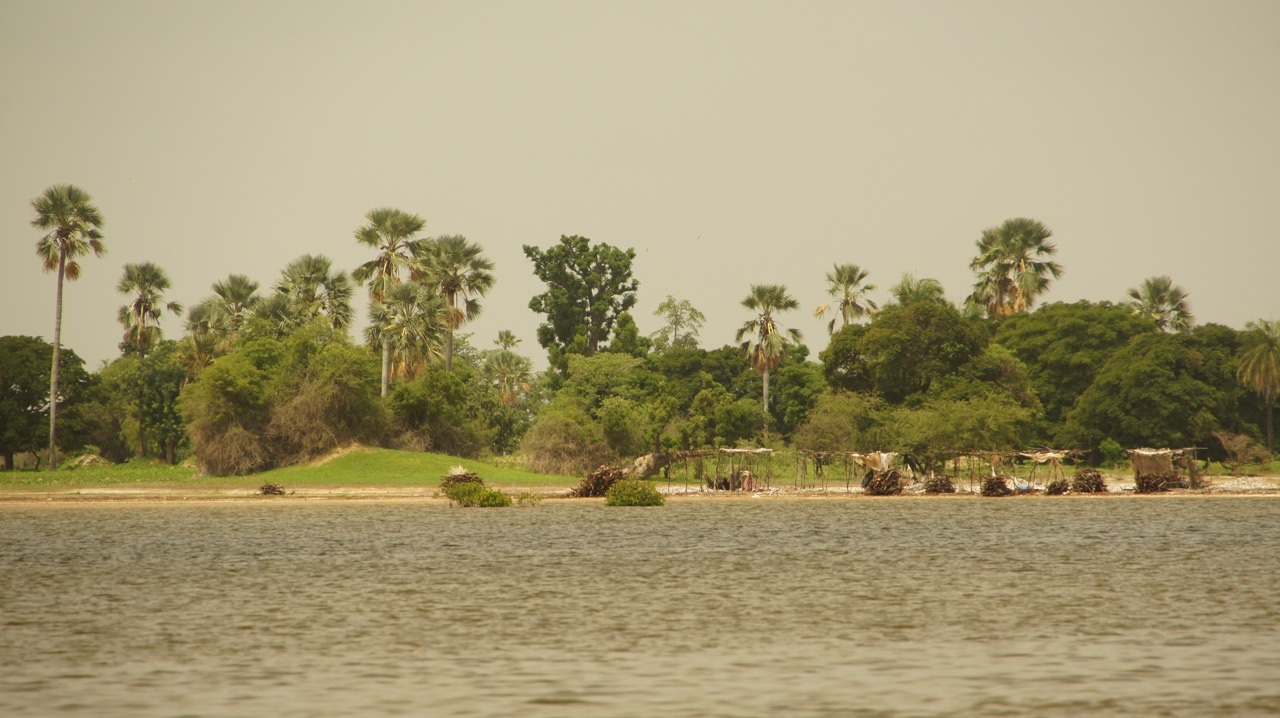
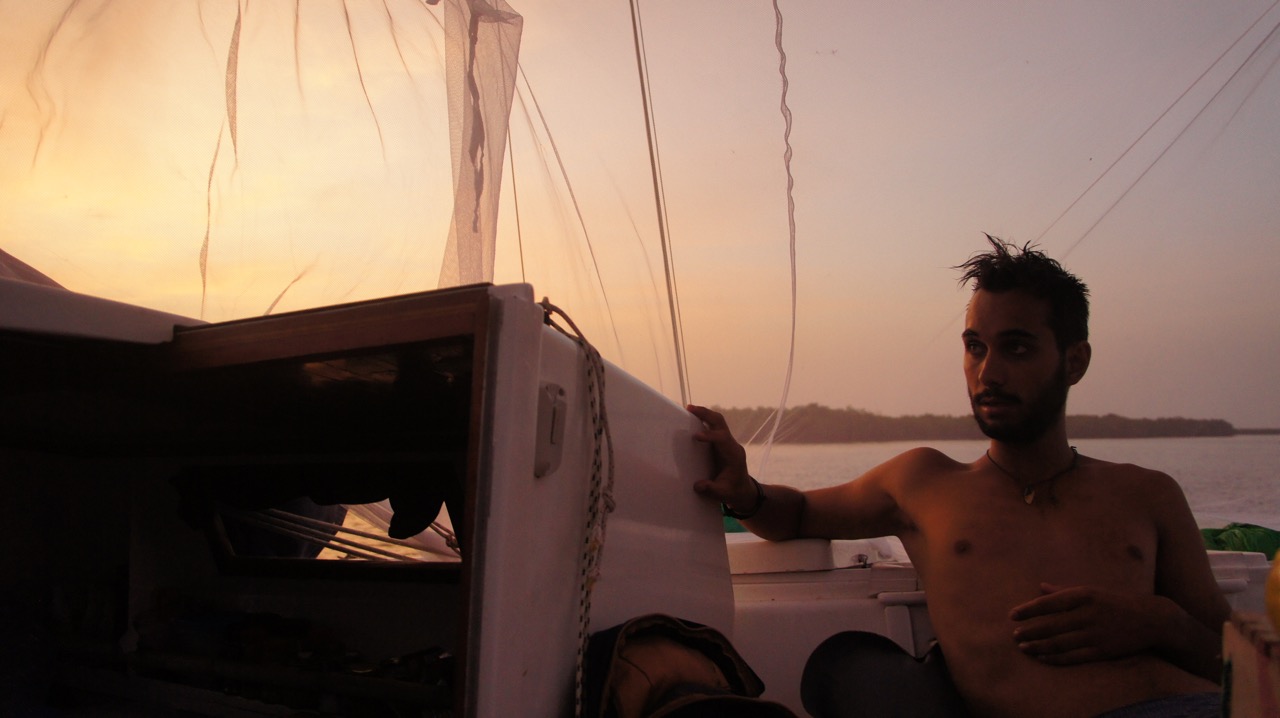
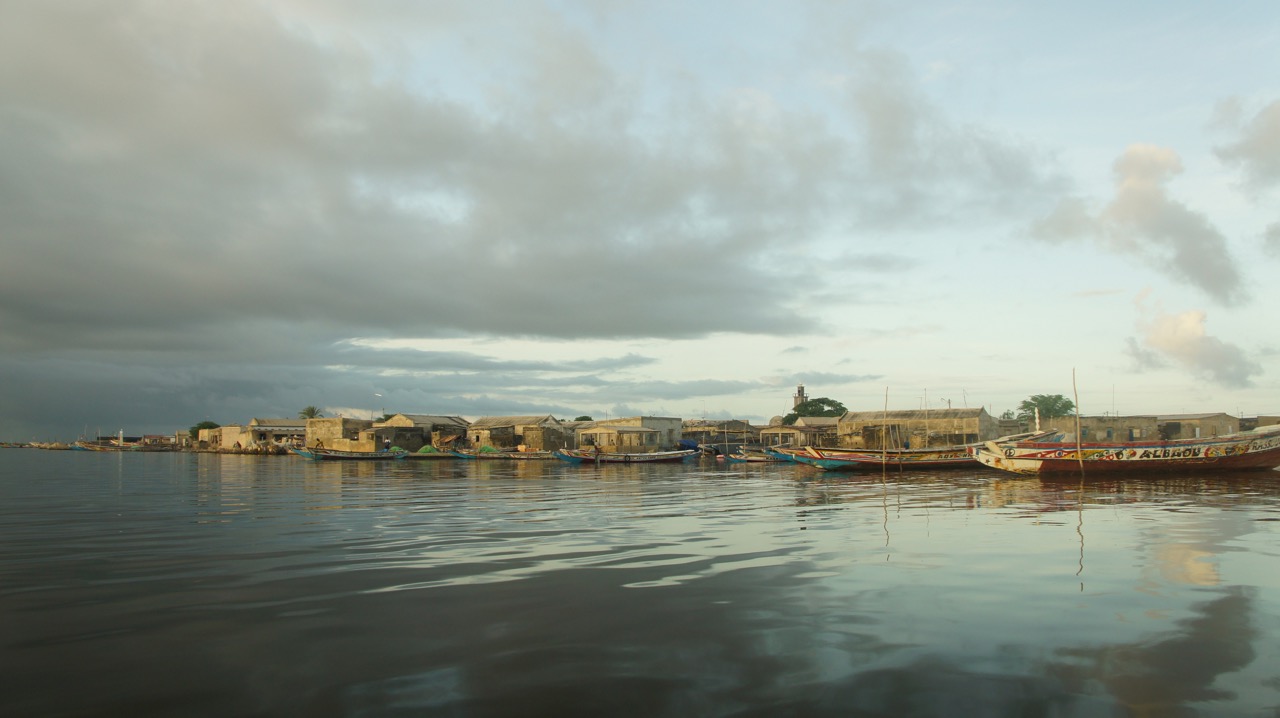
We reached Foundiougne and were impressed by a huge bridge under construction. The project was planned and paid by the Chinese Government and we have been lucky to become a part of it. We had to measure the depth of the river with our on board depth sounder. In return for this work we could have dinner with the project leader.

From Foundiougne we sailed on some side arms out of the Saloum River and towards the Gambia. We had to have a sharp lockout on the exit of the river since there are a lot of moving sandbanks. You can see the waves breaking on the image below.
We would sail back to Senegal in October, this time we discovered the Casamance in the south of The Gambia.
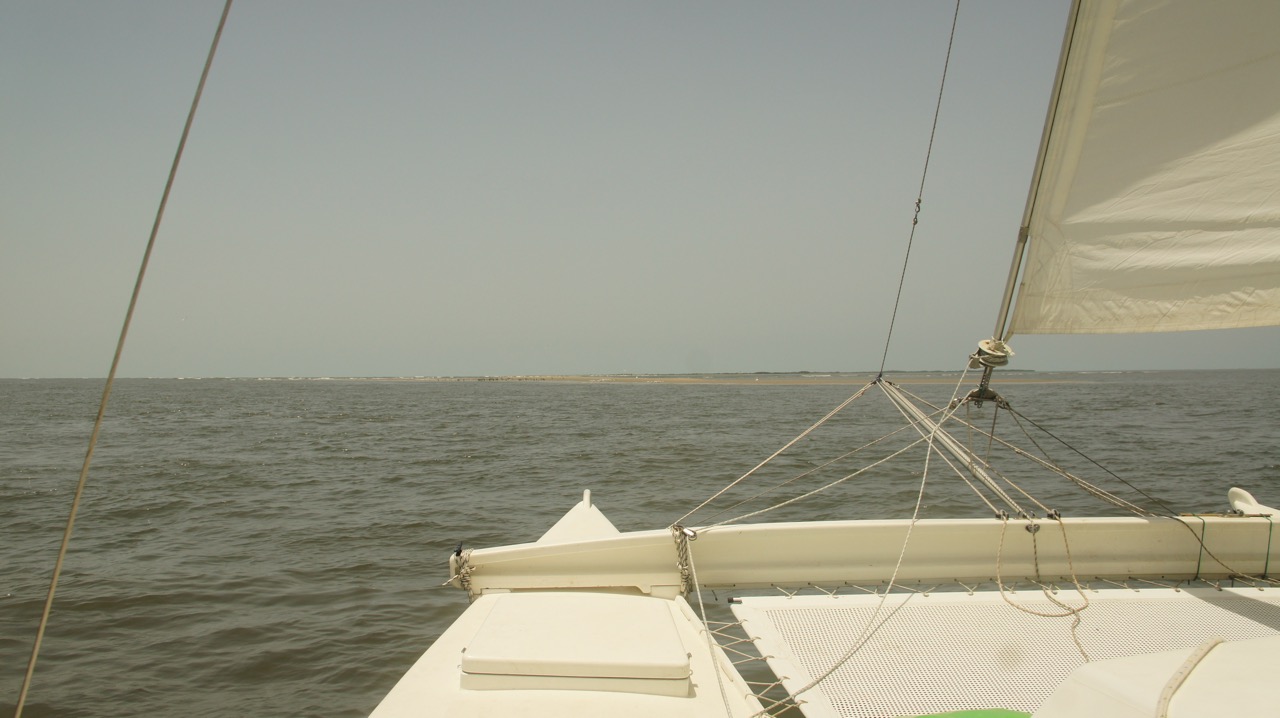
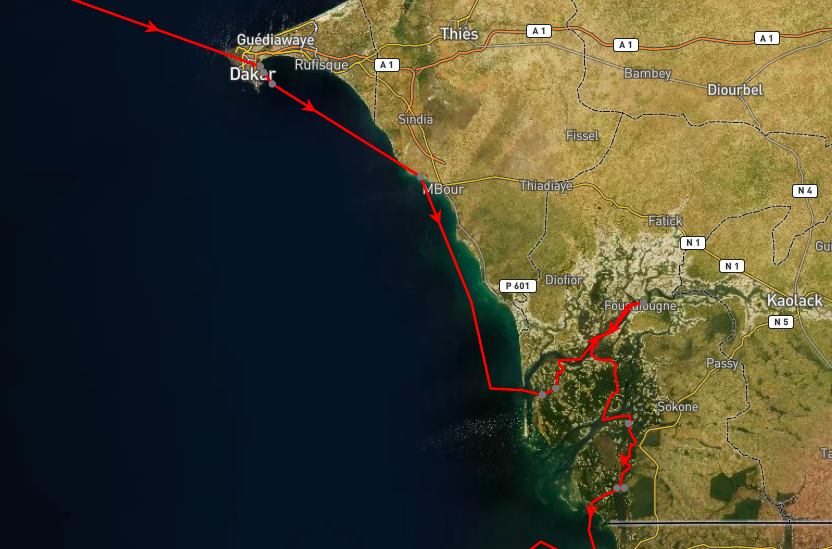
The Casamance
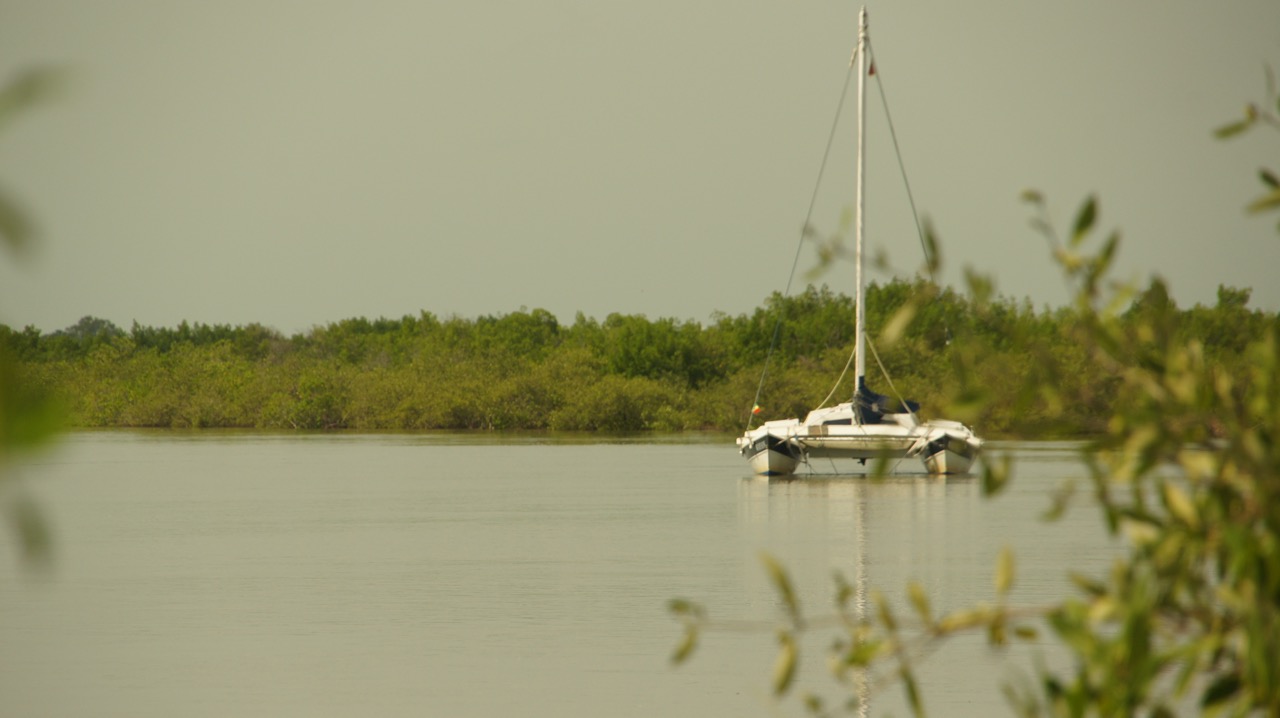
The tricky part about arriving in the Casamance is that you have to make the clearance into the country in the main town of the Casamance, Ziguinchor. The problem with this is that to reach Ziguinchor only with sails, take with light winds about three days. Three days where you are not cleared in and have to explain yourself to the military which check you at every corner of the river.
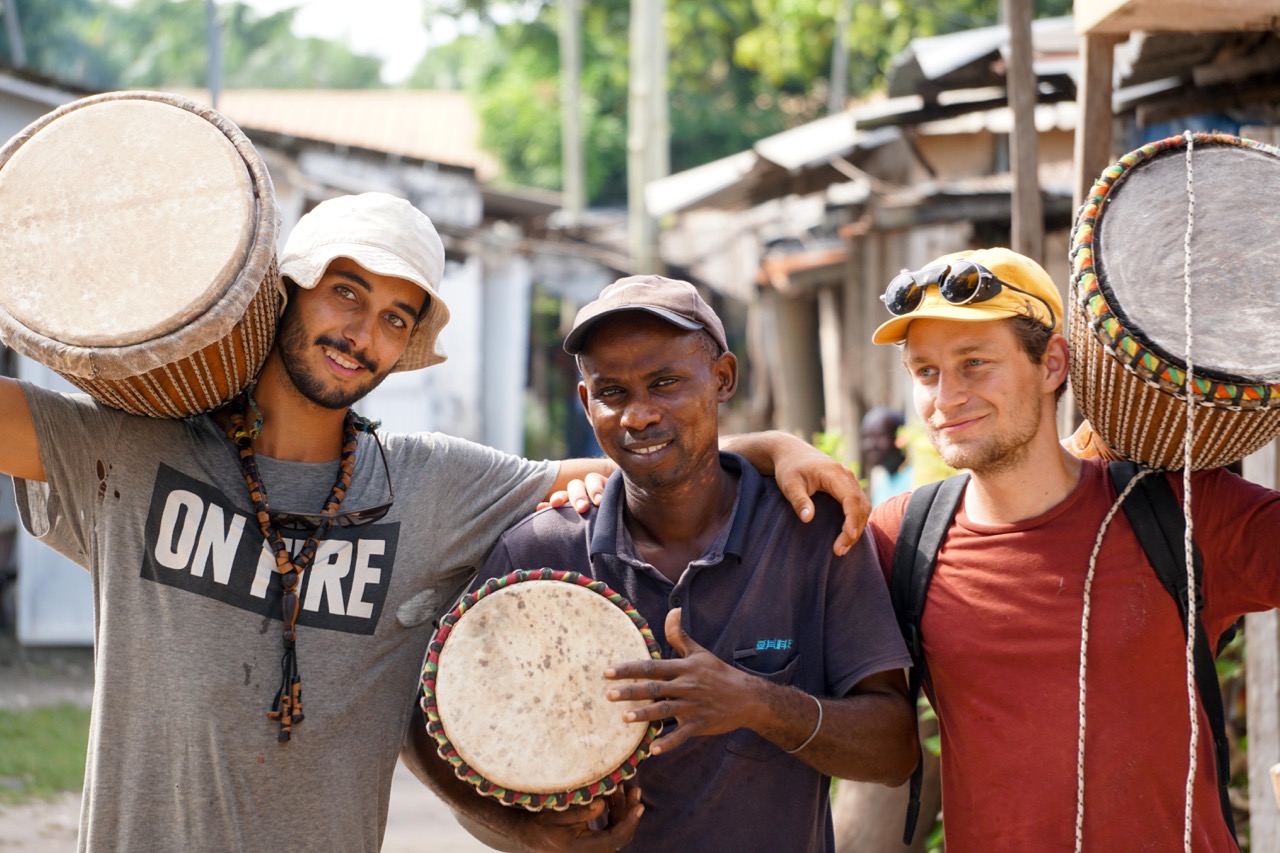
Once reached Ziguinchor, the city has a lot to offer, such as Djembe-lession and the Circumcision ceremony.
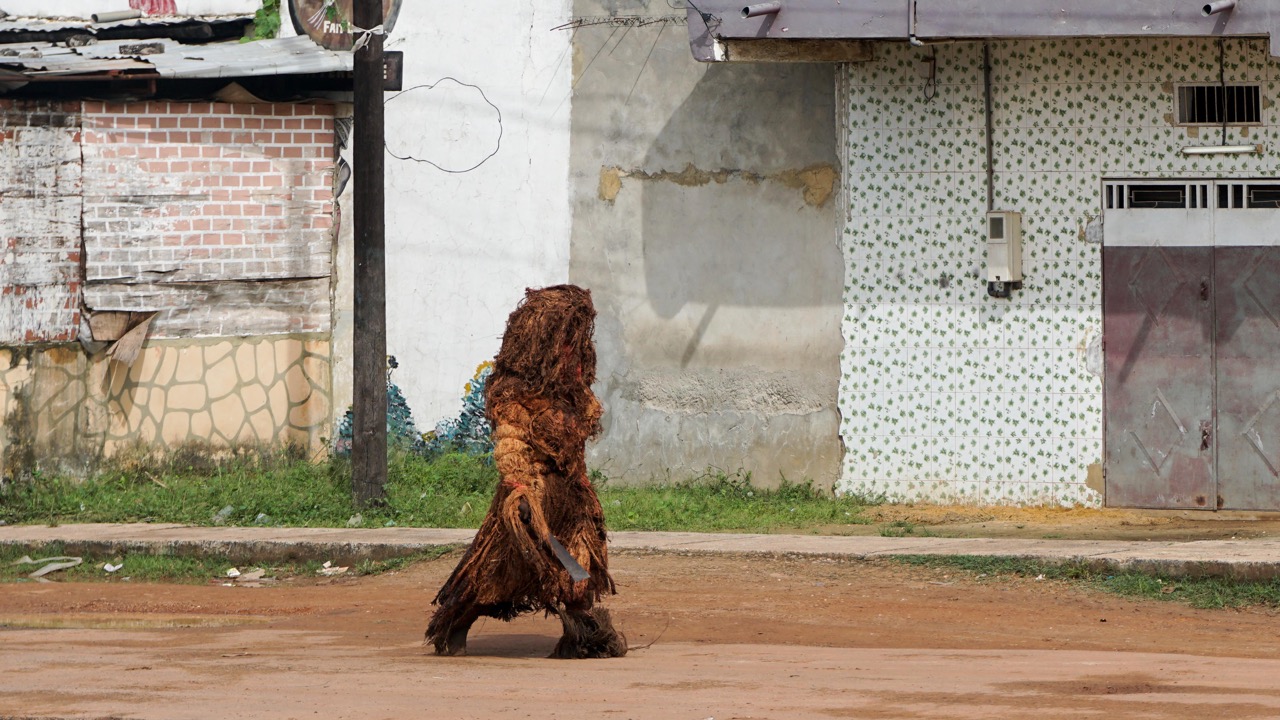
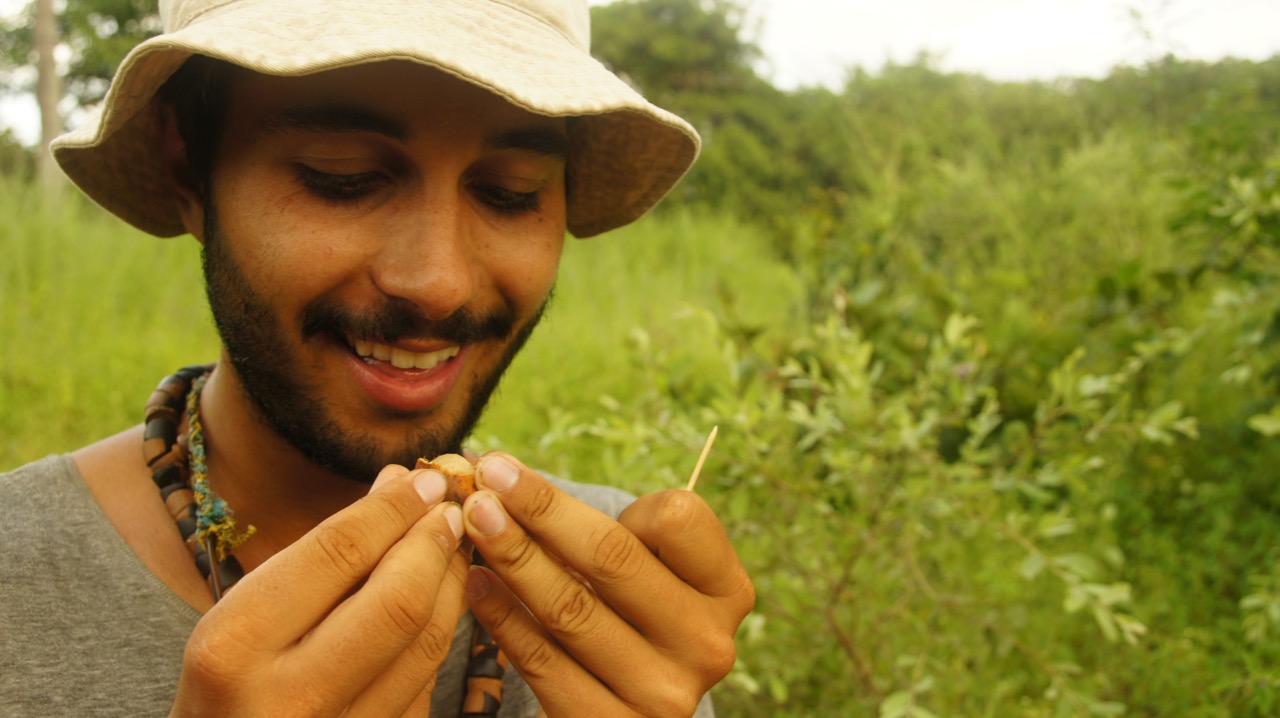
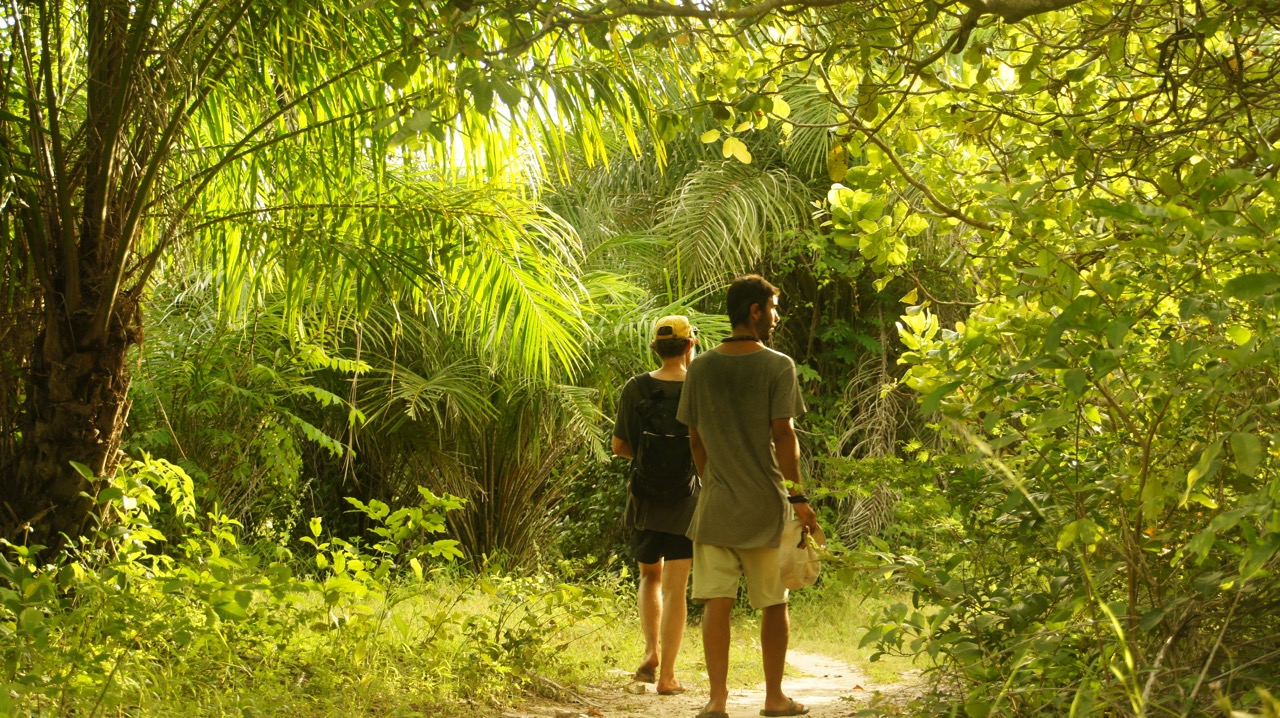
In Ziguinchor we were told, that the law of sailing the Casamance changed in last year and therefore every boat has to pay for a crusing permit, costing around 100 Euros per month. We decided us not to pay, which meant we had to leave the country as fast as possible, it took us two weeks after all to do this… The nature of the Casamance is unique, while in the Saloum Savanna vegetation dominates, you will find forests with big trees in the Casamance.
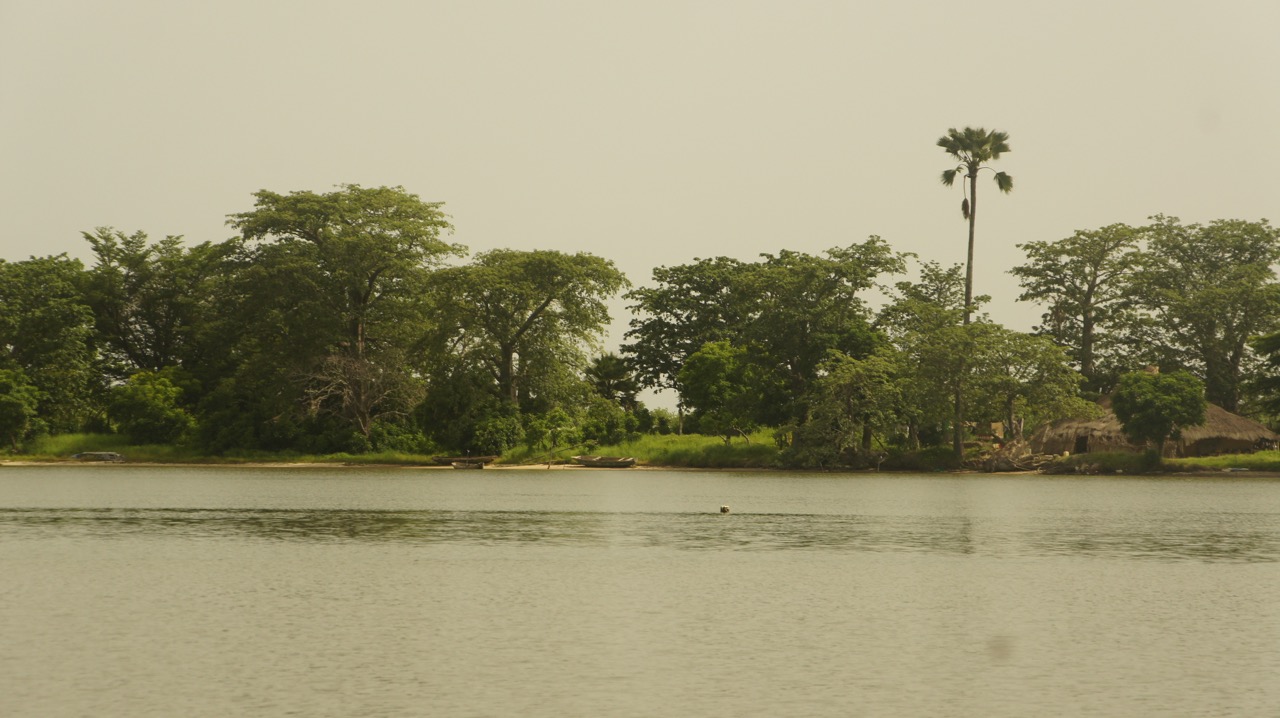
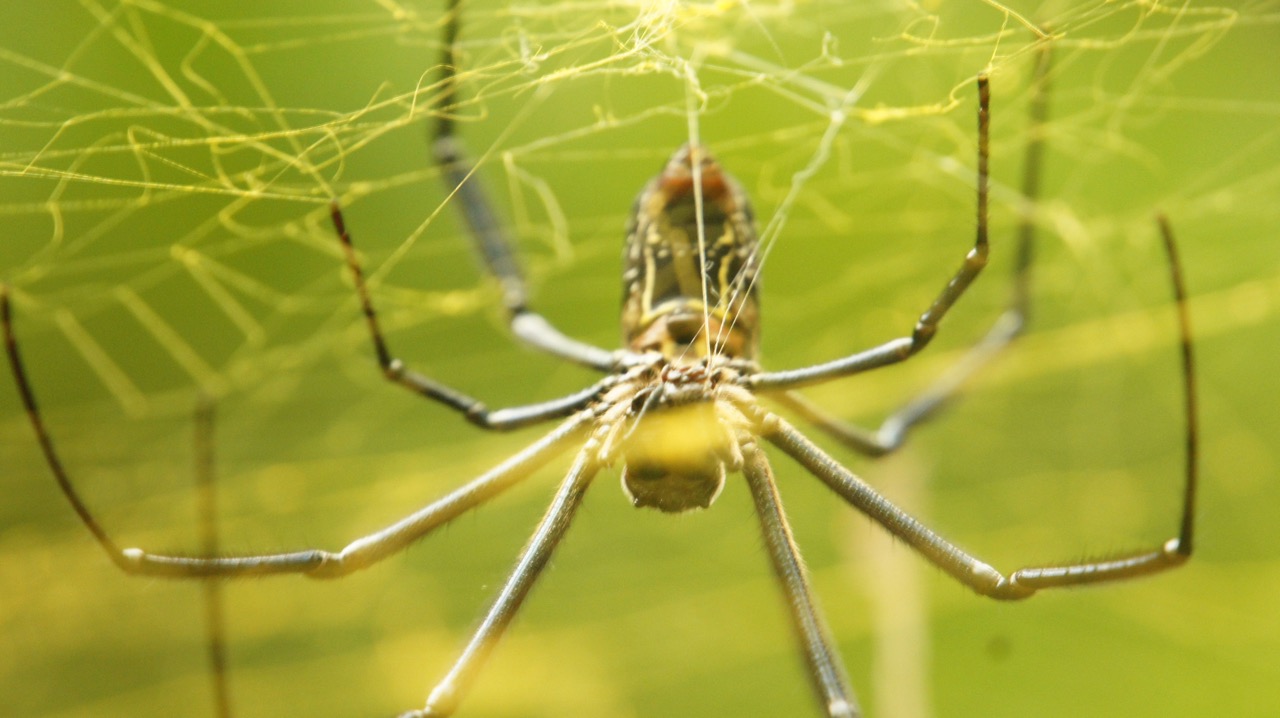
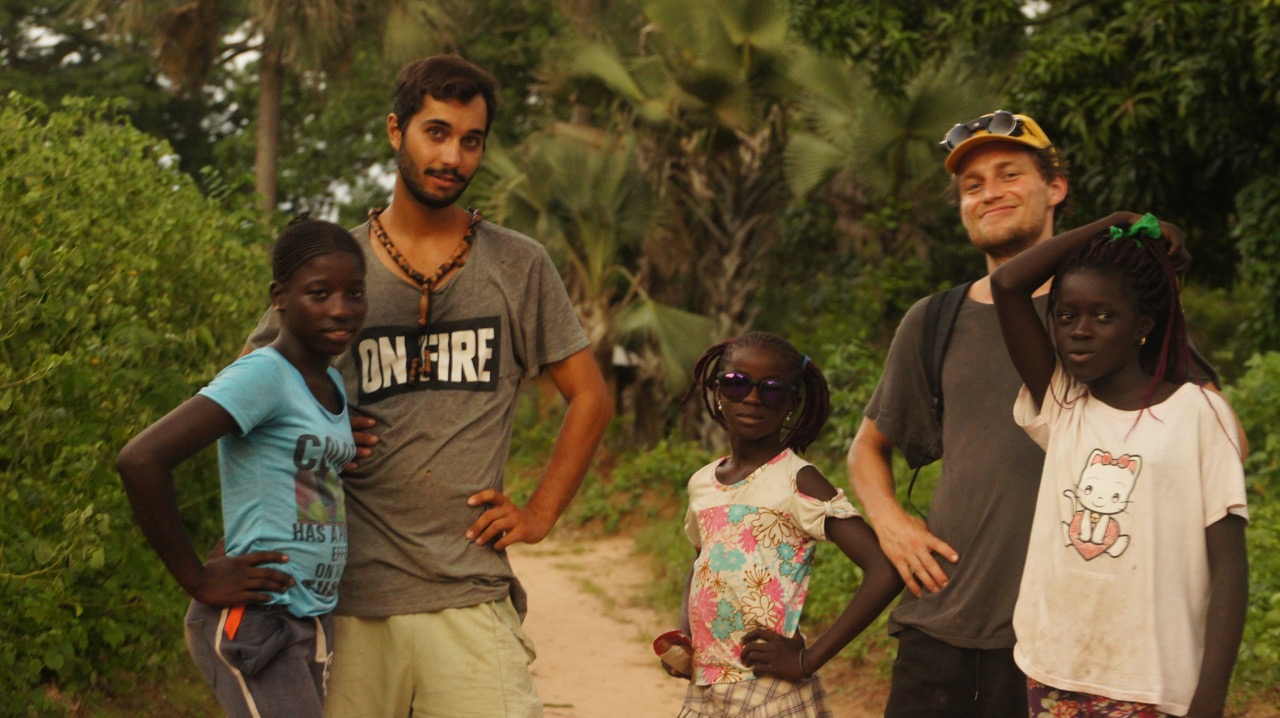
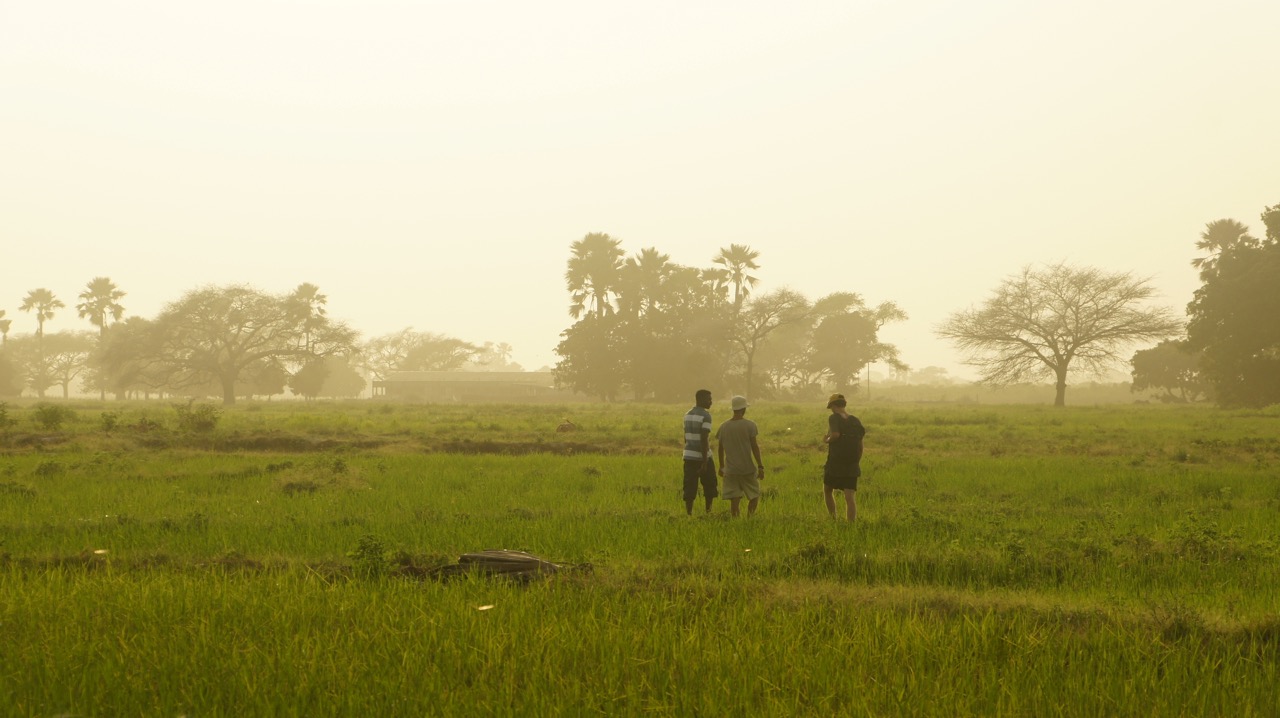
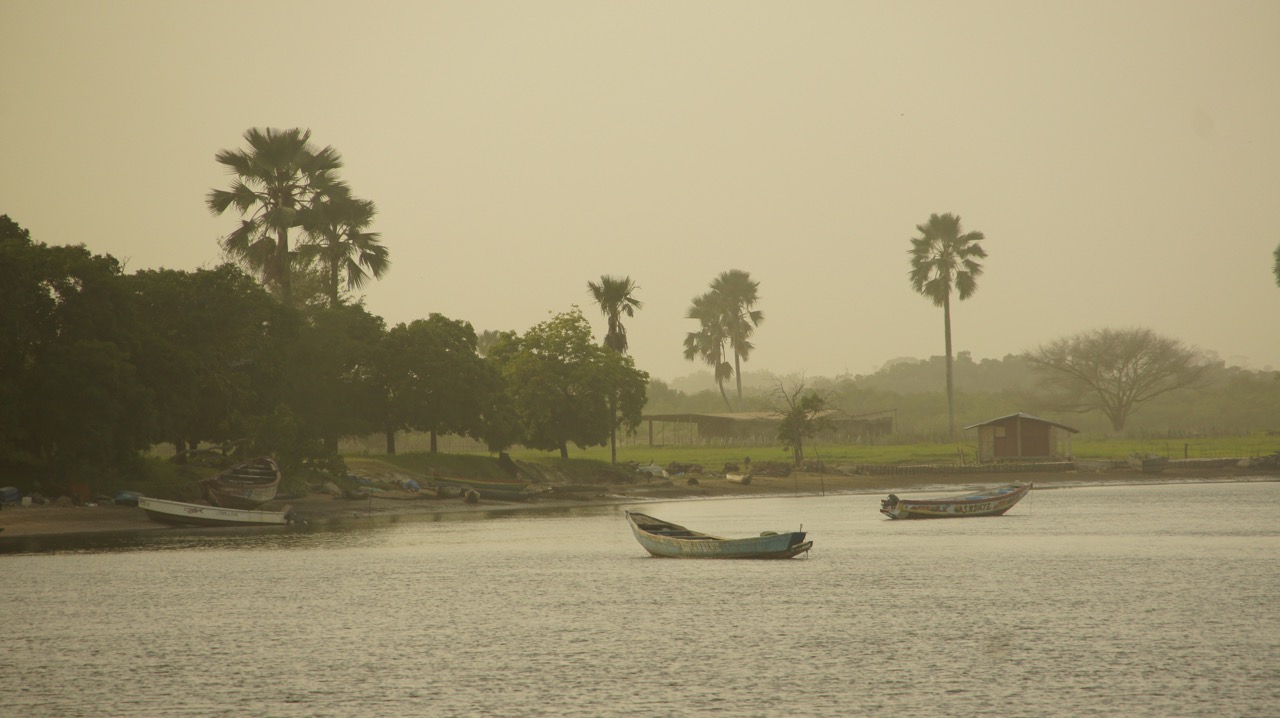
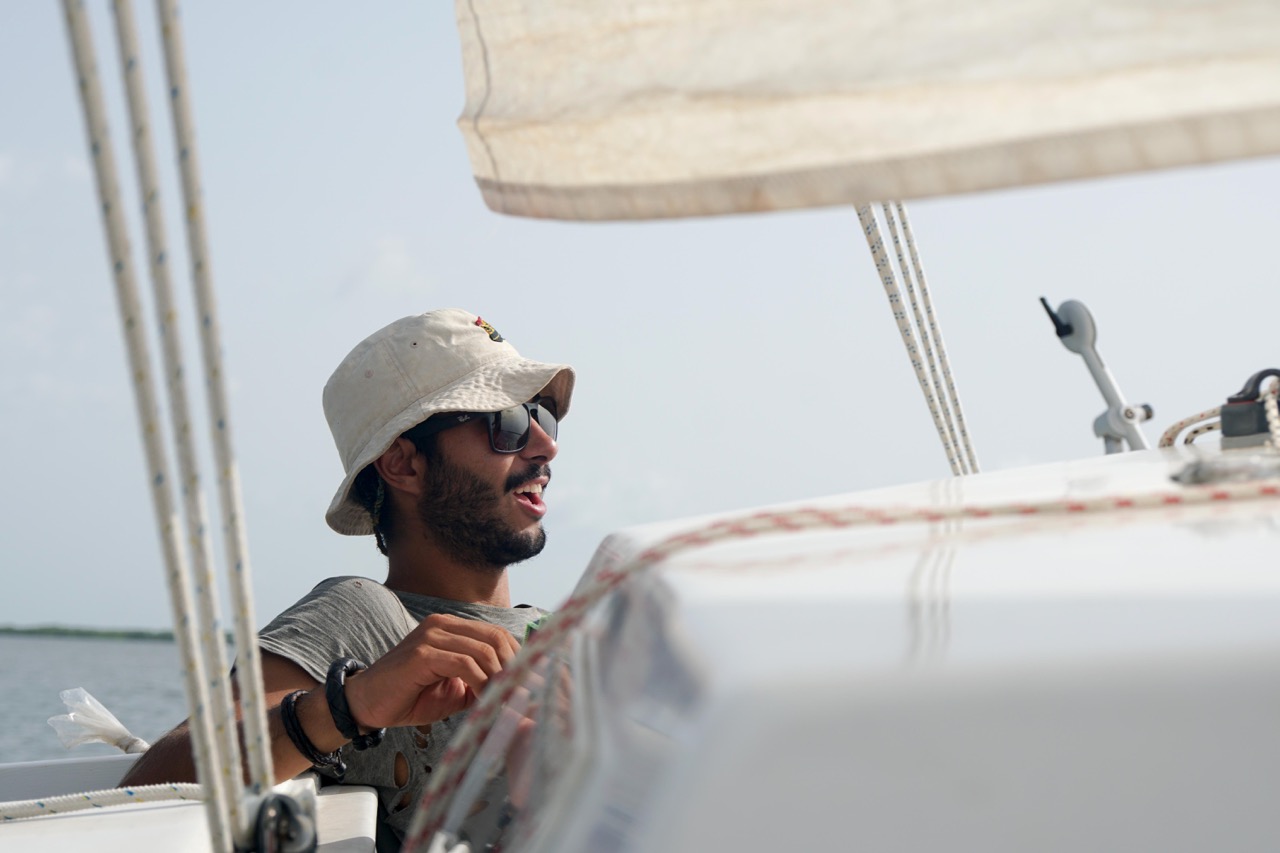
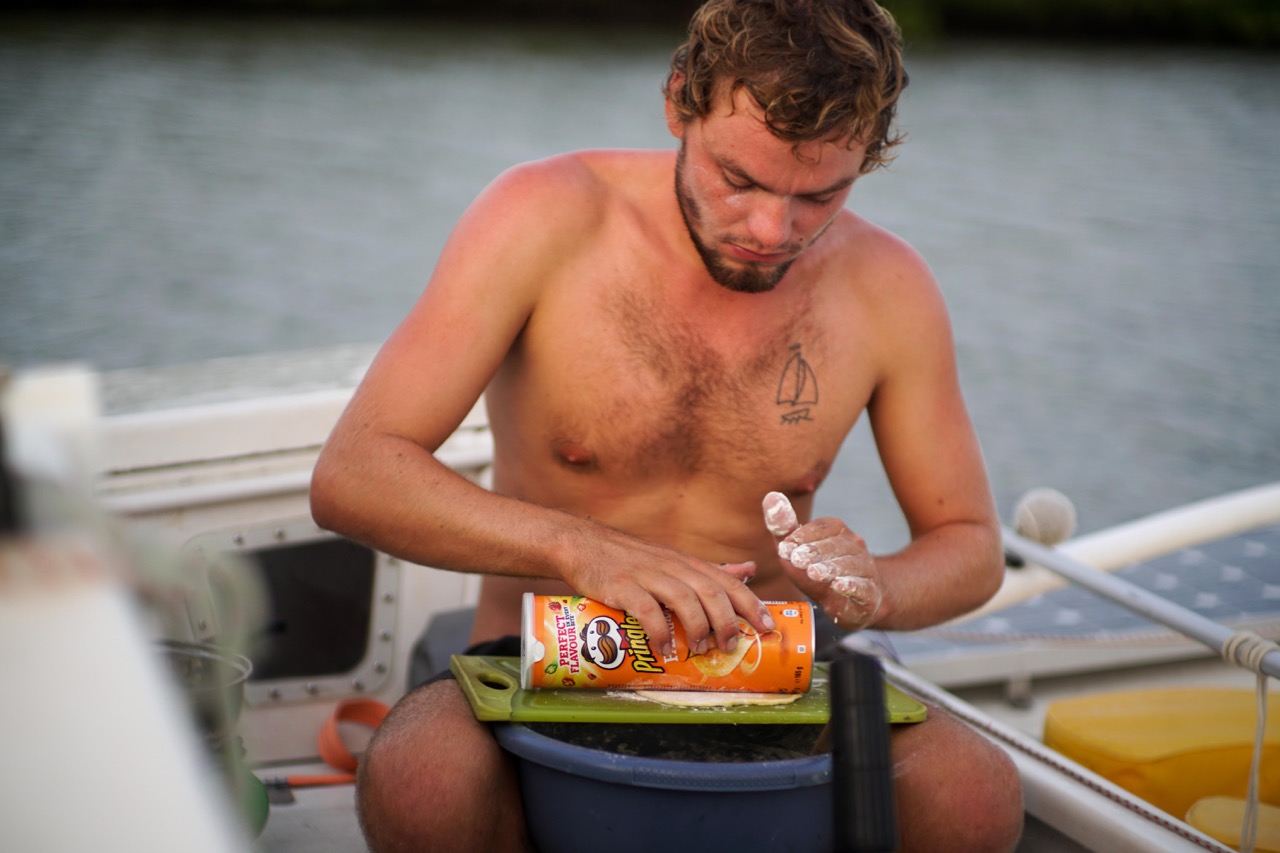
A long awaited meeting. My brother started cycling in Switzerland, crossed the Sahara desert and reached Elinkine, a small village in the Casamance where we celebrated our reunion.
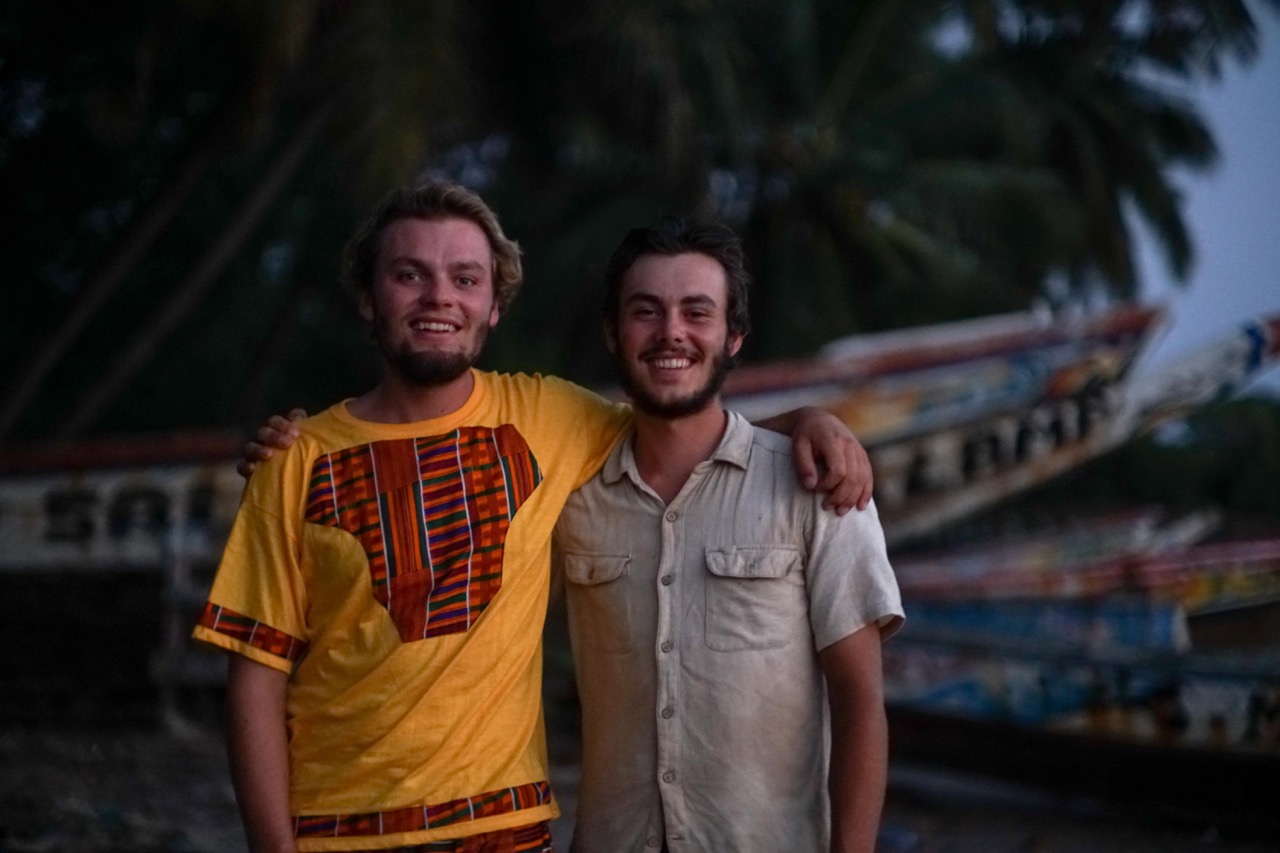
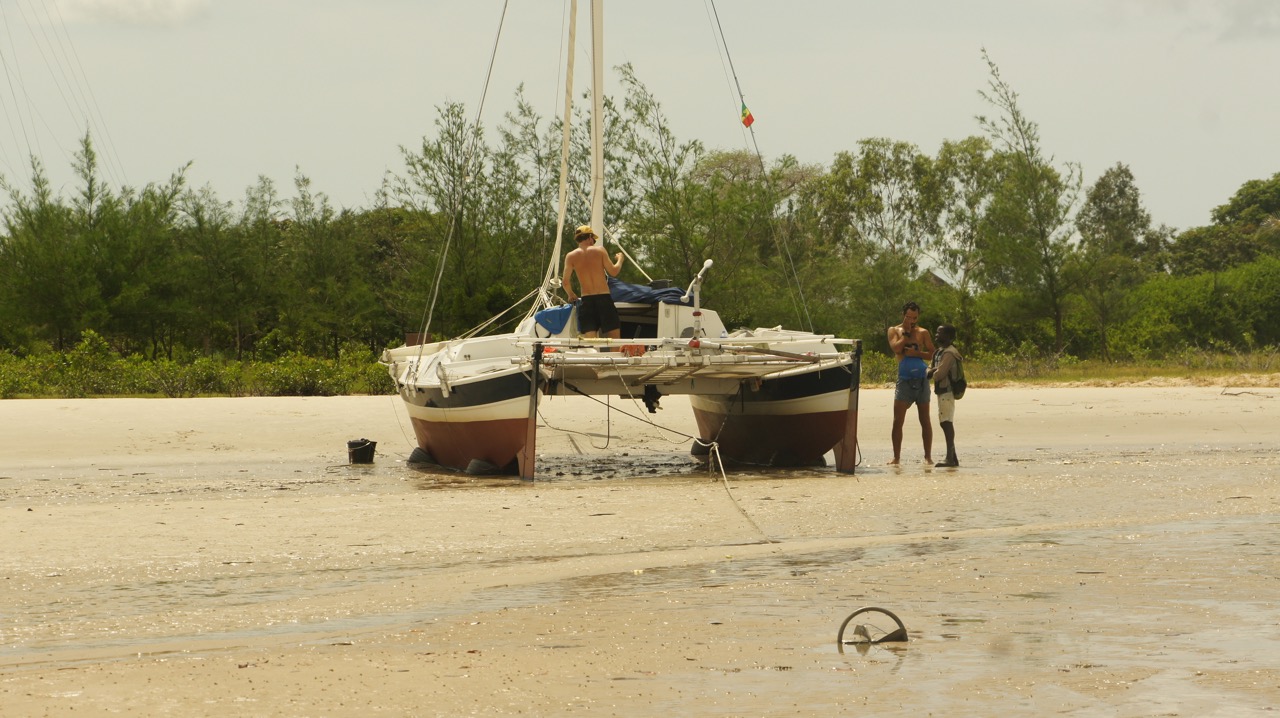
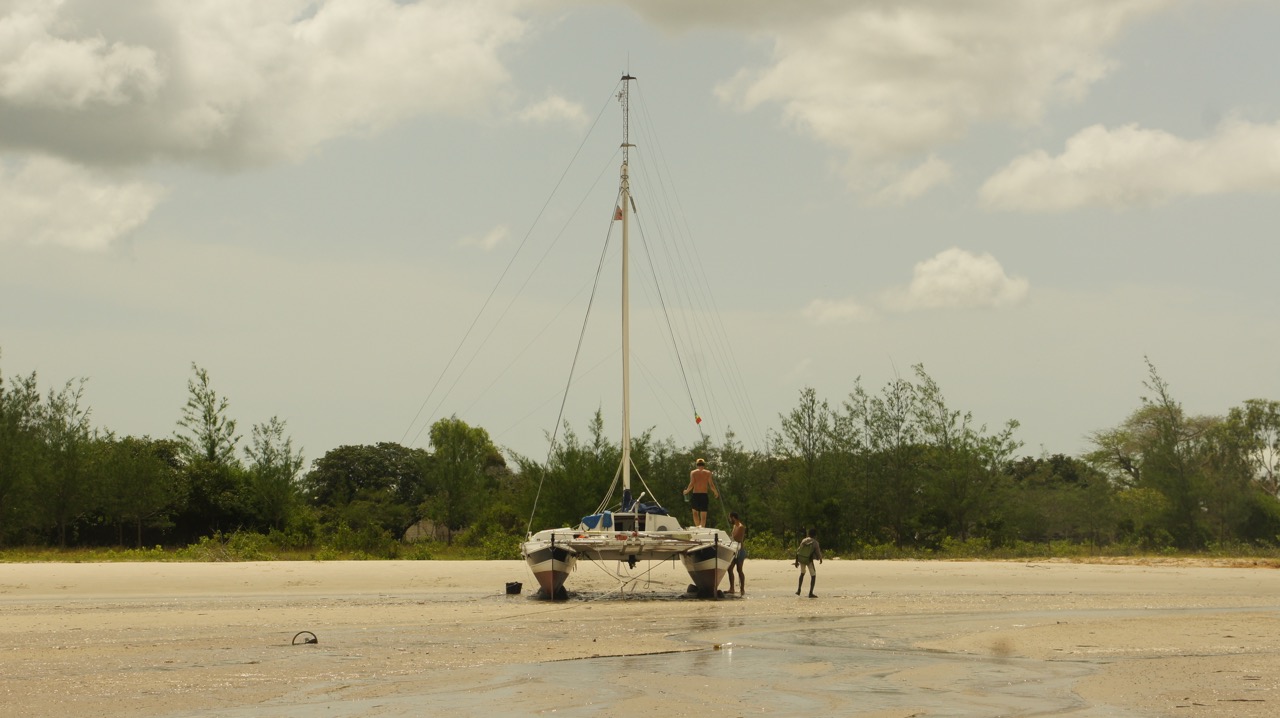
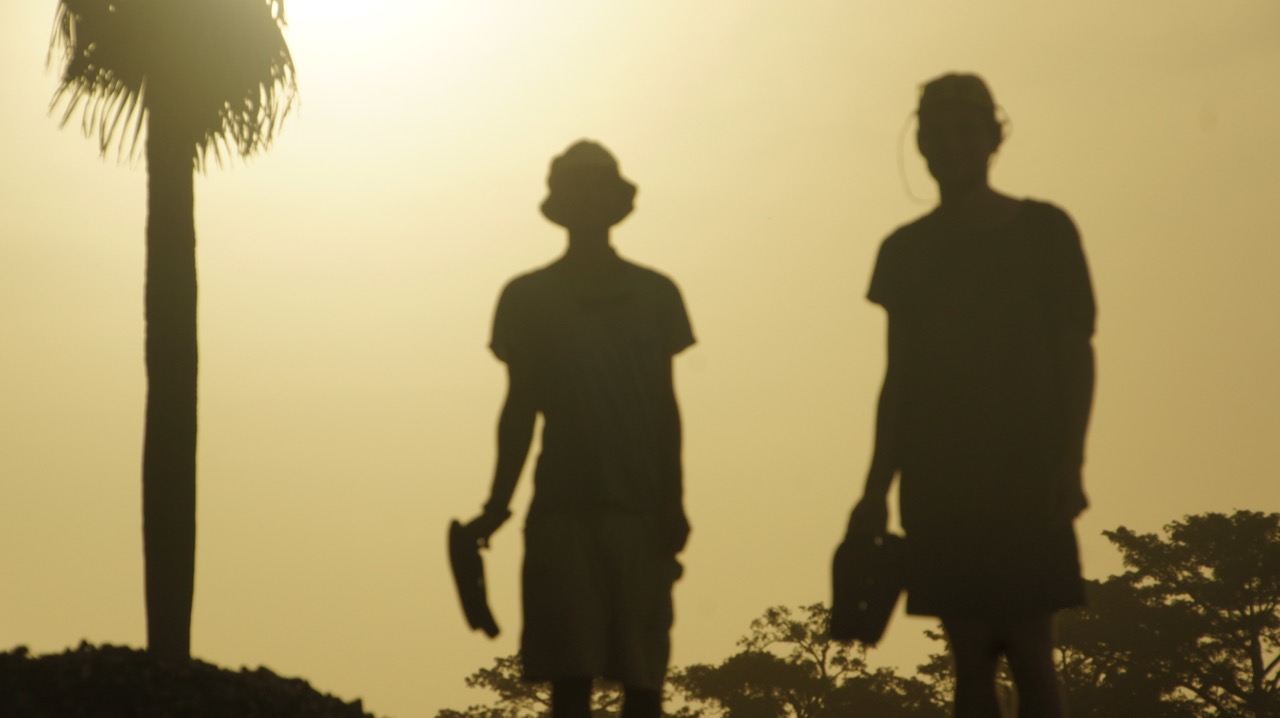
Sailing in the Senegal and the Gambia can be called an adventure, there exists only a few informations and one has to adapt and learn fast. For Guinea-Bissau I found nearly no information about sailing, what will await us…?
